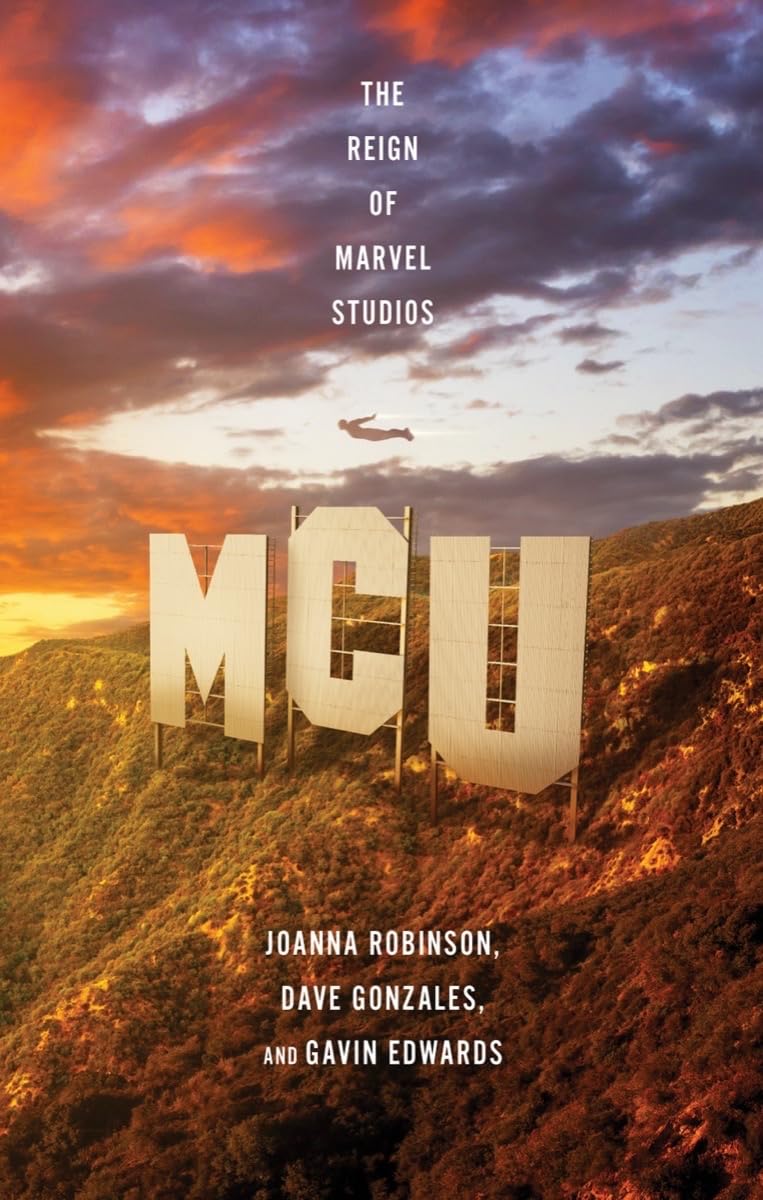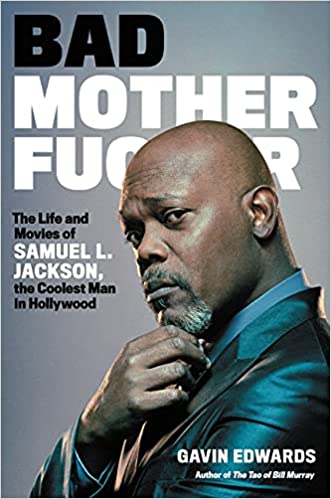Ranking Roger
Congratulations to Roger Deakins, who won the Academy Award for Best Cinematography last night for his work on 1917! (It was his second Oscar, after Blade Runner 2029 in 2017, both of which followed thirteen nominations without a trophy across two decades.) I was rooting for him, not just because he’s amazingly gifted, but because I know from personal experience that he’s a total gentleman.
I visited Deakins and his wife in their Santa Monica home back in 2011, to write a magazine article pegged to the release of Skyfall (also directed by Sam Mendes, the man behind 1917—maybe what 1917 needed to get over the top was an Adele theme song?). Due to a page crunch in a special “Inspirations” issue, the article never ran in full (a small piece of it got excerpted in a New York Times blog) so I am pleased to present it here at last for your reading pleasure.
When Sam Mendes signed on as director of Skyfall, the twenty-third installment of the James Bond series, he immediately knew who he wanted to shoot the film: Roger Deakins, nine-time Oscar nominee. Deakins has been working steadily as the Coen brothers’ cinematographer for two decades, filming most of their movies from Barton Fink onward with fluid wit and a gift for epic tableaux, whether it’s the barren landscapes of True Grit or the improbably elongated boardroom tables of The Hudsucker Proxy. “He’s the best cinematographer in the world,” said Mendes, who had collaborated with Deakins on Revolutionary Road and Jarhead. He believed they had that “level of trust and telepathy” the director-cinematographer relationship requires. The only problem? Deakins wasn’t particularly interested in shooting a Bond movie.
“It wasn’t really my genre at all,” Deakins explained. As a teenager in 1960s England, he had seen some of the Sean Connery Bond pictures, but his taste had inclined towards the European directors and Sam Peckinpah. And although he’s shot Hollywood films from A Beautiful Mind to The Shawshank Redemption, he had never made an action movie. So Mendes flew to Santa Monica and took Deakins for a walk on the beach, detailing the story of Skyfall. “We’re going to make a movie, not a Bond movie,” Mendes told him. Once Deakins understood the project as a human story rather than a pyrotechnic spectacle, he joined the crew.
Aside from the basic responsibility of recording action on film, a cinematographer lights the sets and serves as a sounding board and visually intuitive foil for a movie’s director. “My job,” Deakins said, “is to bring my eyes.”
“He’s an incredibly gentle and shy man,” Mendes said. “Deeply private and so not interested in wanting you to like him.” If Deakins offered you a glass of water, Mendes opined, that would signify you were his best friend.
On a recent Friday afternoon, the 63-year-old Deakins opened the door to his Santa Monica home, barefoot and white-haired. “Would you like some water?” he volunteered, indicating either his good manners or a newfound interest in making best friends. On his patio, Deakins folded his lanky frame into a wooden deck chair and discussed the different techniques he used for Skyfall‘s action sequences. Although he employed handheld cameras at some points, he disdains the recent vogue for jittery faux-verite footage that looks like “some documentary operator is trying to grab a shot. I hate that stuff. It doesn’t do anything for me, probably because I shot documentaries for years. I look at it and think, That’s just bad operating.”
Skyfall puts a real-world spin on some Bond traditions, including the tropical island lair. The secret headquarters of the villain Silva (played by Javier Bardem), is based on Hashima Island, an abandoned coal-mining island off the coast of Japan. After a scout photographed it, the production not only incorporated that research into its sets, but used some of the pictures as CGI backdrops. For those sequences, Deakins also drew on a visit he made to Pyramiden, a former Soviet coal-mining city that has been a ghost town since 1998. Getting there required a ten-hour snowmobile ride. “It’s like they walked away yesterday,” Deakins said, and explained an abrupt economic crash with a visual metaphor. “In the hotel, the tables are still laid.”
Skyfall might be the least globe-trotting Bond production ever. Aside from a few weeks in Turkey, all of its 130 shooting days were in and around London. Bardem, who knew Deakins from No Country for Old Men, joked with him about how instead of filming in exotic locations, they had somehow ended up in the Charing Cross tube station. But London had its own technical challenges, Deakins said: “On any film, even a big-budget movie, you’re struggling with the weather.” In this case, in an only-in-England twist, that meant lots of sunny days when he expected steely gray skies.
For many scenes in far-flung locations–Bardem’s island, the waterways of Shanghai–the production constructed elaborate sets at Pinewood Studios outside London. For a sequence where Bond tracks down an assassin in a Shanghai office building, the filmmakers scouted real Chinese skyscrapers but built a substitute they nicknamed “the jellyfish.” This allowed for some improvements, including making every wall, floor, and ceiling out of glass. “It’s like a hall of mirrors,” Deakins said. He lit the scene with two enormous LED panels, representing electronic billboards outside the office’s windows. The drawback: “Because it was all glass, the crew walking through it kept bashing into things,” Deakins said. He grinned; much of a cinematographer’s work is invisible, although usually not as hazardous. “Every now and then you’d hear ‘Ugh!’ Oh dear, Sam’s hit his head again.”
posted 10 February 2020 in Articles, Unpublished and tagged Oscars, Roger Deakins, Sam Mendes. no comments yet


